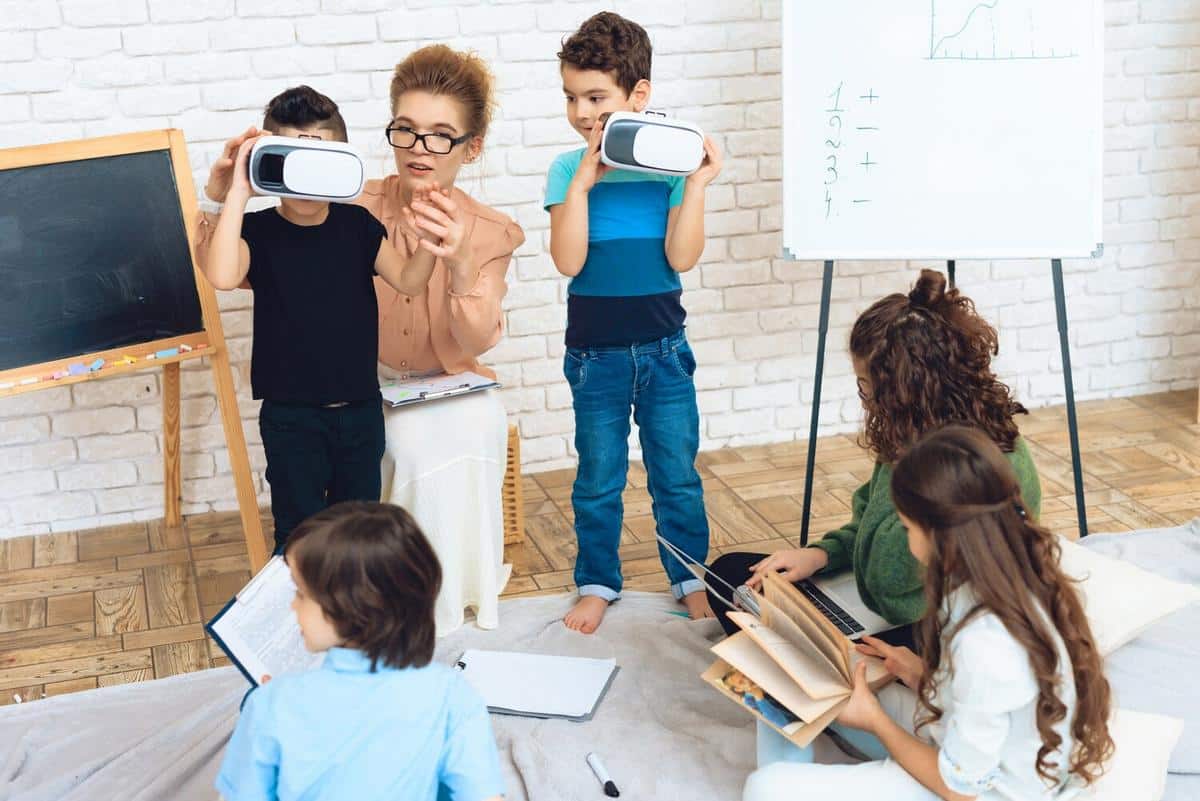
Virtual Reality in Education: Immersive Learning Experiences
Virtual reality (VR) is revolutionizing the educational landscape by offering immersive learning experiences that captivate students and enhance their understanding of complex subjects. As educators seek innovative ways to engage learners, VR emerges as a powerful tool that bridges the gap between traditional teaching methods and the digital age.
Education is undergoing a transformation, and virtual reality is at the forefront of this change. By providing students with immersive environments, VR allows for experiential learning that can make abstract concepts tangible. Imagine exploring ancient civilizations, diving into the depths of the ocean, or even traveling through the human body—all from the safety of a classroom.
The Impact of VR on Learning
Virtual reality in education is not just a futuristic concept; it’s happening now. According to a report by PR Newswire, the VR in education market is expected to reach $13.09 billion USD by 2026. This growth underscores the increasing adoption of VR as a tool to enhance learning outcomes. Experts like Dr. Chris Dede from Harvard University suggest that VR can significantly improve retention rates by allowing students to learn through experience rather than rote memorization.
Expert Opinions
“Virtual reality has the potential to transform education by providing students with experiences that would otherwise be impossible,” says Dr. Michael Horn, an education technology expert.
Real-Life Examples
Consider the case of a high school biology class that used VR to explore the anatomy of a frog without the need for dissection. Students reported a 30% increase in understanding complex biological systems compared to traditional methods.
| Traditional Learning | VR Learning |
|---|---|
| Lecture-based | Interactive exploration |
| Textbook-dependent | Visual and immersive |
| Passive | Active engagement |
| Limited perspectives | Multiple viewpoints |
| Static | Dynamic environment |
| Abstract | Concrete experiences |
| Individual | Collaborative |
| One-size-fits-all | Personalized learning |
Actionable Tips for Educators
- Start small by integrating VR into a single lesson plan to gauge student interest and engagement.
- Utilize free or low-cost VR applications and resources to make implementation cost-effective.
- Encourage students to create their own VR content, fostering creativity and technical skills.
Frequently Asked Questions
How does VR improve student engagement?
VR provides an interactive and immersive experience, making learning more engaging and memorable for students.
Is VR expensive to implement in schools?
While there are costs associated with VR equipment, many affordable options and resources are available to help schools integrate VR into their curriculum.
Conclusion
The integration of virtual reality in education offers a promising avenue for innovative and impactful learning experiences. By adopting VR, educators can provide students with unique opportunities to explore, interact, and understand their world in ways never before possible. As the technology continues to evolve, the potential for VR in education is boundless, inviting educators to embrace this tool and transform their teaching practices.
For those interested in exploring more about virtual reality and its applications, check out resources like Edutopia or Education Corner for further insights.


